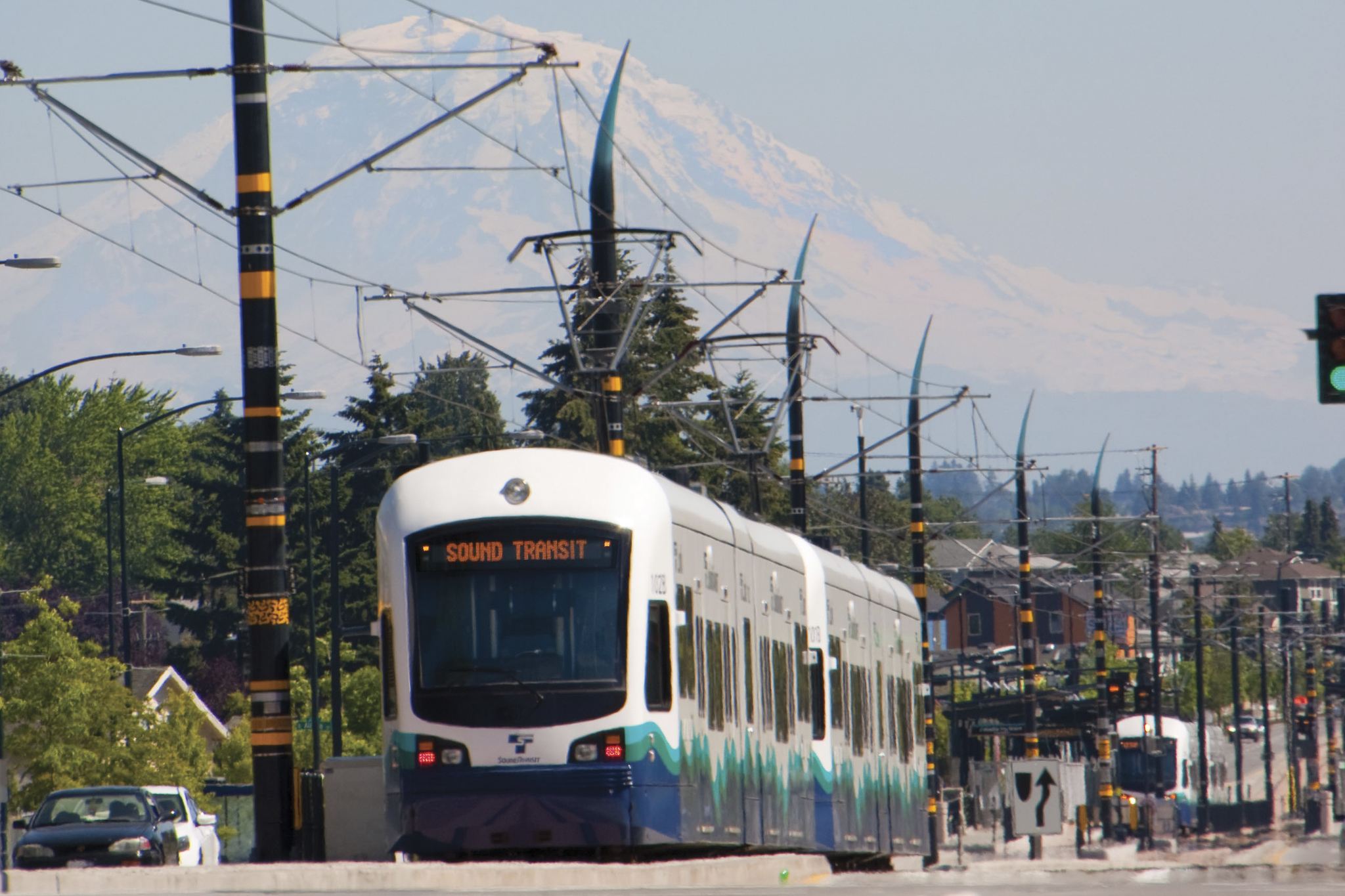On the way out to Neah Bay to witness the unwinding of the Makah whale hunt and the protests against it, I saw two haunting sights. The first was what had been a splendid roadside grove of giant old-growth trees, a rare sight on the logged-over Olympic Peninsula. It stood about 24 miles before Neah Bay, just past the headquarters of Merrill Ring’s tree farm along the Pysht River. Stood. Now the giants and all the lesser trees around them had been cut, leaving only house-sized brush piles waiting to become pyres and stumps that stood like 10-foot-wide tombstones. On one stump someone had stapled a hand-lettered welcome to whaling country: “Boycott Makah Products and Tourism.” On the next stump someone, perhaps the same one, had erected a bizarre monument: a full-size bathtub, in which lolled a lurid pointy-breasted female figure of foam and cloth, a cross between an Inflata-Doll and a traditional rag doll, all the more obscene for being so homespun. Was this a visual coda to the anti-whaling placard, or the masterpiece of some Pyshed-off backwoods installation artist?
We’ll never know. On my next trip through, the pyres were blazing and the tub and doll were gone. Merrill Ring forester Joe Murray, who’d hauled them off and was now burning the slash, had no idea who’d put them there, or why. He says he was sorry to see the big trees go, and even argued for keeping some of them. But the state insisted they be cut back from the highway.
Strait, no chaser
Meanwhile, there’s been much gnashing on the subject of tugs, or the lack thereof, around here in the past few years. Environmentalists, state regulators, and a horde of local congressional members, cities, and counties have plumped to require tug escorts for oil tankers and other big ships transiting the Strait of Juan de Fuca, or station a rescue tug out at Neah Bay, or both. No less than Vice President Al Gore and US Transportation Secretary Rodney Slater gave assurances that some such interim protection would be in place by the time this winter’s storms descended on the strait, pending a final spill-prevention plan.
All for naught. The state Department of Ecology has failed painfully in its effort to jawbone oil and shipping companies into voluntarily deploying extra tugs as needed to fill any gaps in their 911-style scheme to notify tugs working the area when a ship’s in trouble. The oil companies were willing to pay a share, but the shippers balked on the grounds that their margins were too narrow to absorb an undetermined cost for an unproven need. And they resisted “interim” safeguards because, as shippers’ lobbyist Richard Berkowitz argues, “There aren’t any ‘interim measures.’ Once they’re in place, they’ll never go away.”
The US Department of Transportation has meanwhile declined to issue an emergency order to require tug escorts; after all these years without them, it doesn’t see grounds to suddenly declare an emergency—despite some scary recent near-disasters at sea. And a long-awaited determination of safety needs on the strait and measures to be taken—due this week from Secretary Slater—will order refinements of existing systems and a cost-benefit analysis of add-ing escort tugs, but no drastic new additions.
A tug named Sioux
The other striking sight on the way to Neah Bay was a boat—a big one. A 240-foot US Navy salvage tug called the USS Sioux had stopped off for a little show-and-tell at Port Angeles. It was one powerful piece of marine tin, overbuilt in classic military fashion, with 7,000 horsepower, a spawling open aft deck, a 10-ton crane, and 54-plus-ton towing bollard (that’s all the specs you machine freaks get)—built for towing, life-saving, fire-fighting, and oil-spill response. It was also underworked: Crew members said they had just one towing assignment on their dance card this winter; otherwise the Sioux sits, with its sister ship Apache, down in San Diego, being ready.
Tying one on
So how about stationing a rescue tug at Neah Bay? One by one, proposals for doing so are shot down by the Transportation Department’s marine-safety arm, the US Coast Guard.
Four years ago the National Research Council found that the five Powhatan tugs (one of which is the Sioux), “strategically deployed, could go a long way toward restoring the traditional salvage capability of the United States, particularly in rescue towing.” But the Coast Guard reviewed the Powhatan-class tugs for use on the strait two months ago and was less enthusiastic. Cmdr. Tim Close, who performed the review, insists that though the Navy calls them tugs, “they’re not tugboats, they’re salvage ships,” hence less suitable. But that means they have additional strengths, as well as plenty of tugging power. It also means they require big crews, Navy-style—which a private operator couldn’t afford. So let the Navy do the job; it could as well keep the Sioux usefully at Neah Bay as idly at San Diego.
Neah Bay is too remote for the Navy, argues Close (who believed, incorrectly, that the road to it is sometimes impassable). But there’s already a Coast Guard station there, plus extensive Navy support facilities at Bremerton, Bangor, and Everett.
Finally, Close fears that Neah Bay isn’t deep enough, and the Makah marina there isn’t sturdy enough to tie up so big a boat. “These naysayers’ arguments don’t hold up,” replies marina manager Jeff Hottowe: Neah Bay has safely received barges, trawlers, and a spill-response vessel that draw more than the Powhatan tugs. And, Hottowe argues, “with the recent upturn in Navy activity in the Northwest, they ought to be able to provide some sort of protection here on the coast—since they did just get a billion dollars more in appropriations than they asked for.”
And especially since the Navy itself has a sorry record of oil and fuel spills, as recently cataloged by the Associated Press’ Farrell Kramer and Hal Spencer—an average of two a day in US waters. If it wants to make amends, might Neah Bay be the place to start?







